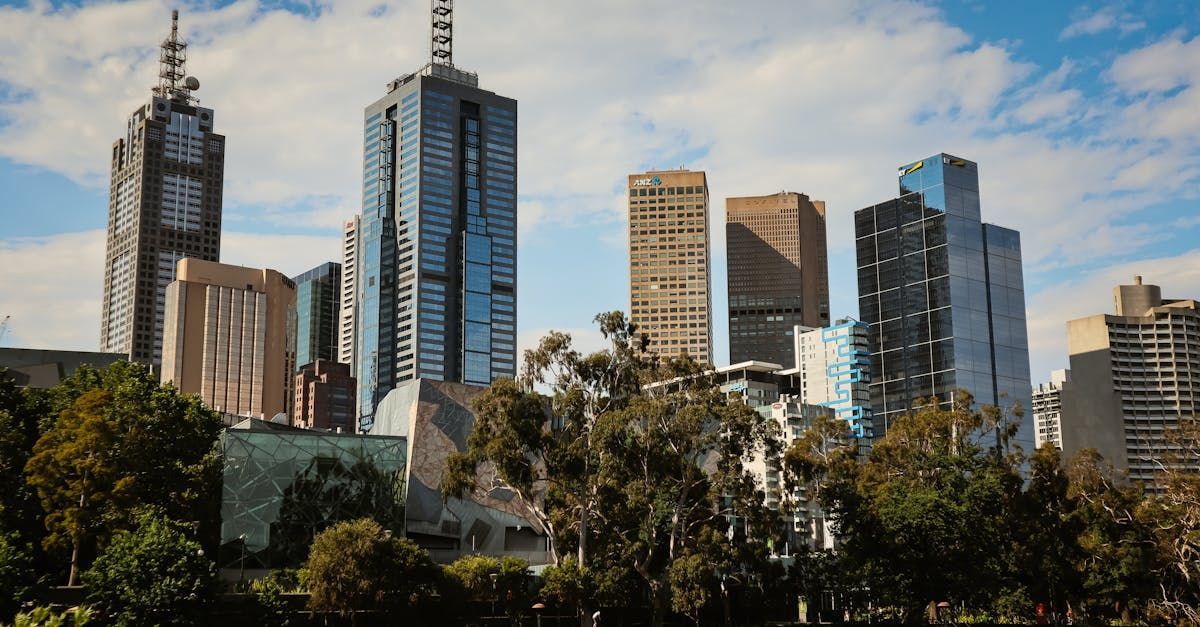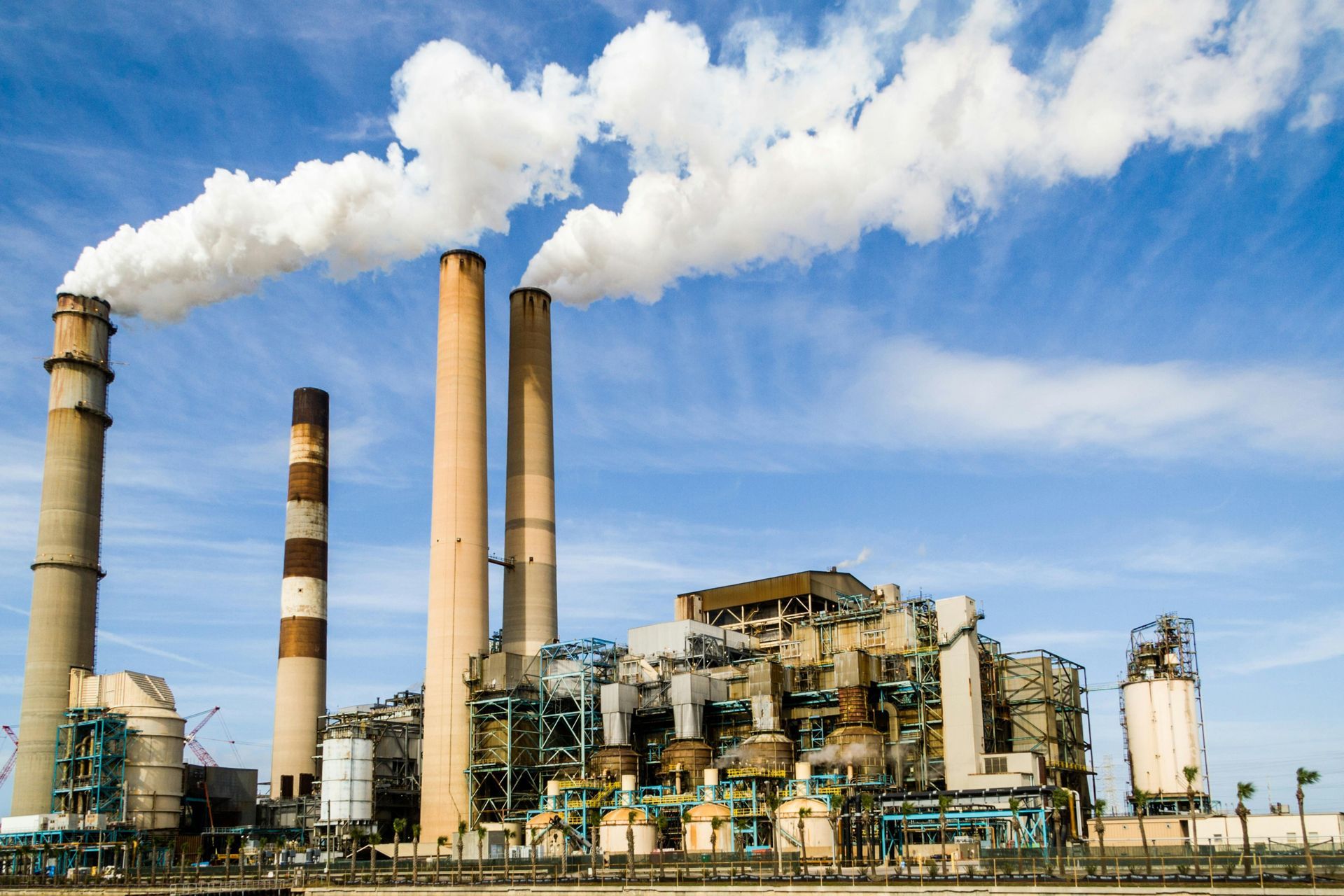
In recent years, changes in Victoria's land tax policies have significantly impacted property investors, prompting them to reassess their strategies and financial projections. The Victorian government's COVID Debt Repayment Plan has introduced modifications to land tax rules, including a controversial move to tax apartments, which traditionally had been exempt from land tax.
This shift has raised questions about the affordability and attractiveness of property investments in the state, especially for smaller investors and those looking to diversify their portfolios.
Changes in Land Tax for Victorian Property Investors
Overview of Land Tax Changes
The Victorian Government announced several changes to land tax as part of the COVID Debt Repayment Plan, implemented to address the fiscal impact of the pandemic. Some of the key changes include:
- New Land Tax Rates: The introduction of new land tax rates as of January 1, 2024, has seen an increase in the top rate from 2.25% to 2.55% for landholdings valued at over $3 million. This change affects high-value property portfolios significantly, increasing the annual cost of holding such assets.
- Taxation of Apartments: One of the most significant changes is the inclusion of apartment units in land tax calculations. Previously, individual apartment owners typically did not face land tax unless the aggregate value of their investment properties exceeded the threshold. The new rule changes the calculation, potentially leading to higher tax liabilities for apartment investors.
- Increase in Tax-Free Threshold: From the 2024 land tax year, there has been a change to land tax rates and thresholds, for the total taxable value (site value) of landholdings:
- $50,000 to <$100,000 — a $500 flat surcharge will apply.
- $100,000 to <$300,000 (or <$250,000 for trusts) — a $975 flat surcharge will apply.
- ≥$300,000 (or ≥$250,000 for trusts) — a $975 flat surcharge will apply, plus an increase to the rate of land tax by 0.10 percentage points.
These increases have been incorporated into the applicable rates for the 2024 to 2033 land tax years. Find out more about current land tax rates.

Impact on Property Investors
Increased Costs
The changes in land tax rates and the inclusion of apartments in the tax base mean higher costs for property investors. This can impact the profitability of investment properties, particularly for those with large portfolios or properties in high-value areas.
Strategic Considerations
Property investors now need to be more strategic in their investment decisions. The increased tax burden may influence the types of properties investors choose to buy, as well as the locations they consider. Some investors might shift their focus to properties with lower land values or explore opportunities in regions with more favourable tax conditions.
Long-Term Benefits
Despite the increased costs, the changes in land tax are aimed at creating a more balanced housing market in Victoria. By broadening the tax base and increasing revenue, the government aims to fund infrastructure projects and services that can enhance the overall liveability of cities like Melbourne. This, in turn, can lead to long-term benefits for property investors through improved amenities and increased property values.
Melbourne's Appeal as a Liveable City
Melbourne consistently ranks as one of the most liveable cities in the world, offering a high quality of life, diverse culture, and robust economy. The city's appeal lies in its well-planned infrastructure, excellent healthcare and education systems, and vibrant arts and entertainment scene. These factors contribute to Melbourne's strong population growth and demand for housing, making it an attractive market for property investors.
Why Investors Should Still Consider Melbourne
- Strong Demand for Housing
- Melbourne's population is projected to continue growing, driven by both domestic and international migration. This sustained demand for housing presents opportunities for property investors to benefit from capital growth and rental income.
- Infrastructure Development
- The Victorian government is investing heavily in infrastructure projects, including transportation, healthcare, and education facilities. These developments enhance the city's liveability and accessibility, making it an attractive destination for residents and investors alike.
- Diverse Economy
- Melbourne boasts a diverse and resilient economy, with strong sectors in finance, technology, education, and healthcare. This economic diversity provides stability and growth potential, attracting businesses and residents to the city.
- Cultural and Lifestyle Appeal
- Melbourne's vibrant cultural scene, culinary offerings, and recreational opportunities make it a desirable place to live and invest. The city's commitment to sustainability and green spaces further enhances its appeal to environmentally conscious investors and residents.
Conclusion
While the changes in land tax in Victoria present challenges for property investors, they also highlight the importance of strategic planning and adaptability in the investment landscape. Despite the increased costs, Melbourne remains an attractive market due to its strong demand for housing, infrastructure development, diverse economy, and cultural appeal.
Property investors should stay informed about the latest developments in land tax and leverage professional advice to navigate the evolving market conditions. By understanding the implications of these changes and making informed investment decisions, investors can continue to capitalise on the opportunities presented by Melbourne's dynamic property market.
How PB Property Can Help
PB Property offers personalised services to help property investors navigate the complexities of the Melbourne market. With expertise in property management, investment strategies, and tax planning, PB Property can assist investors in making informed decisions and optimising their property portfolios. Contact PB Property today to learn more about how they can support your investment journey.
share to



